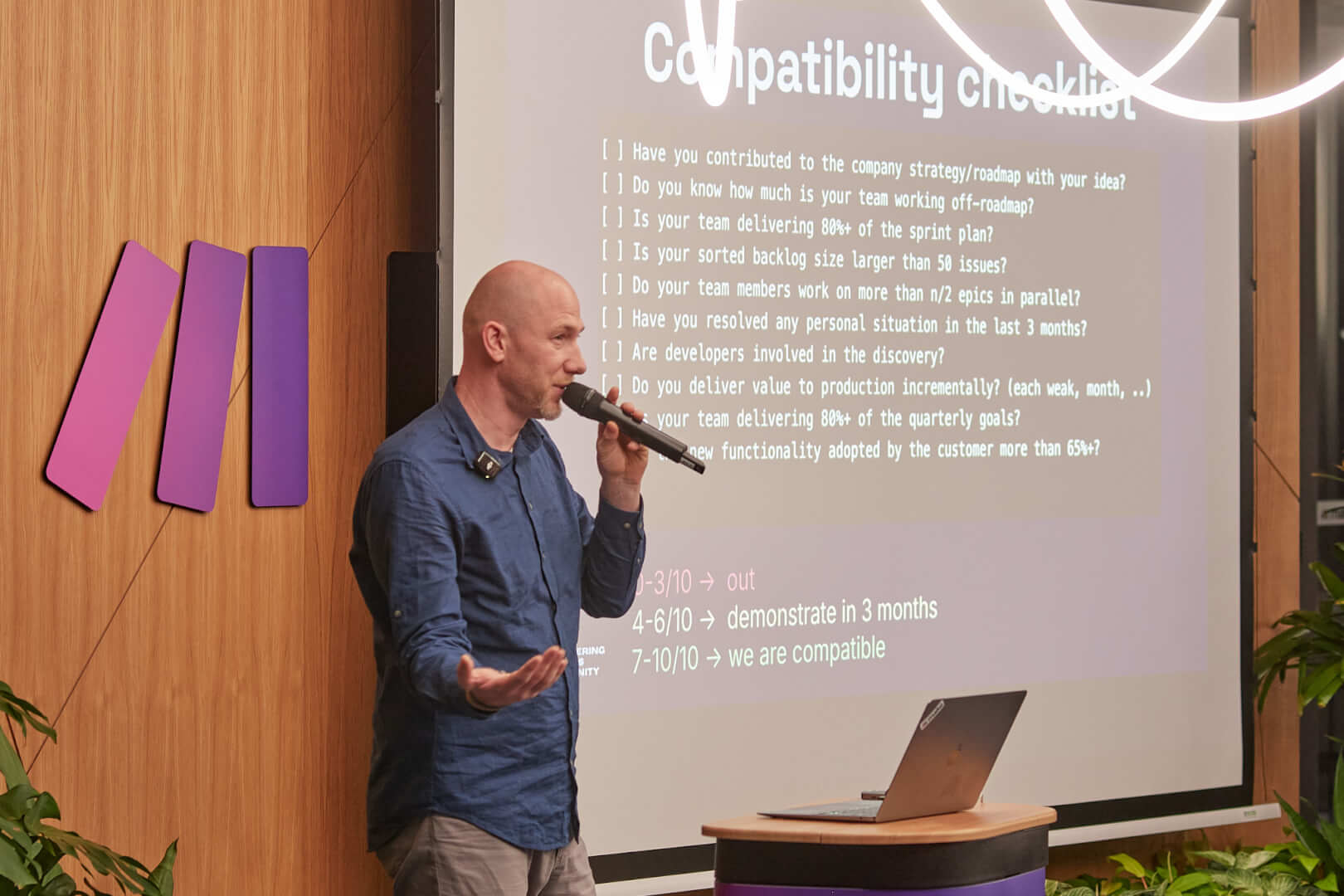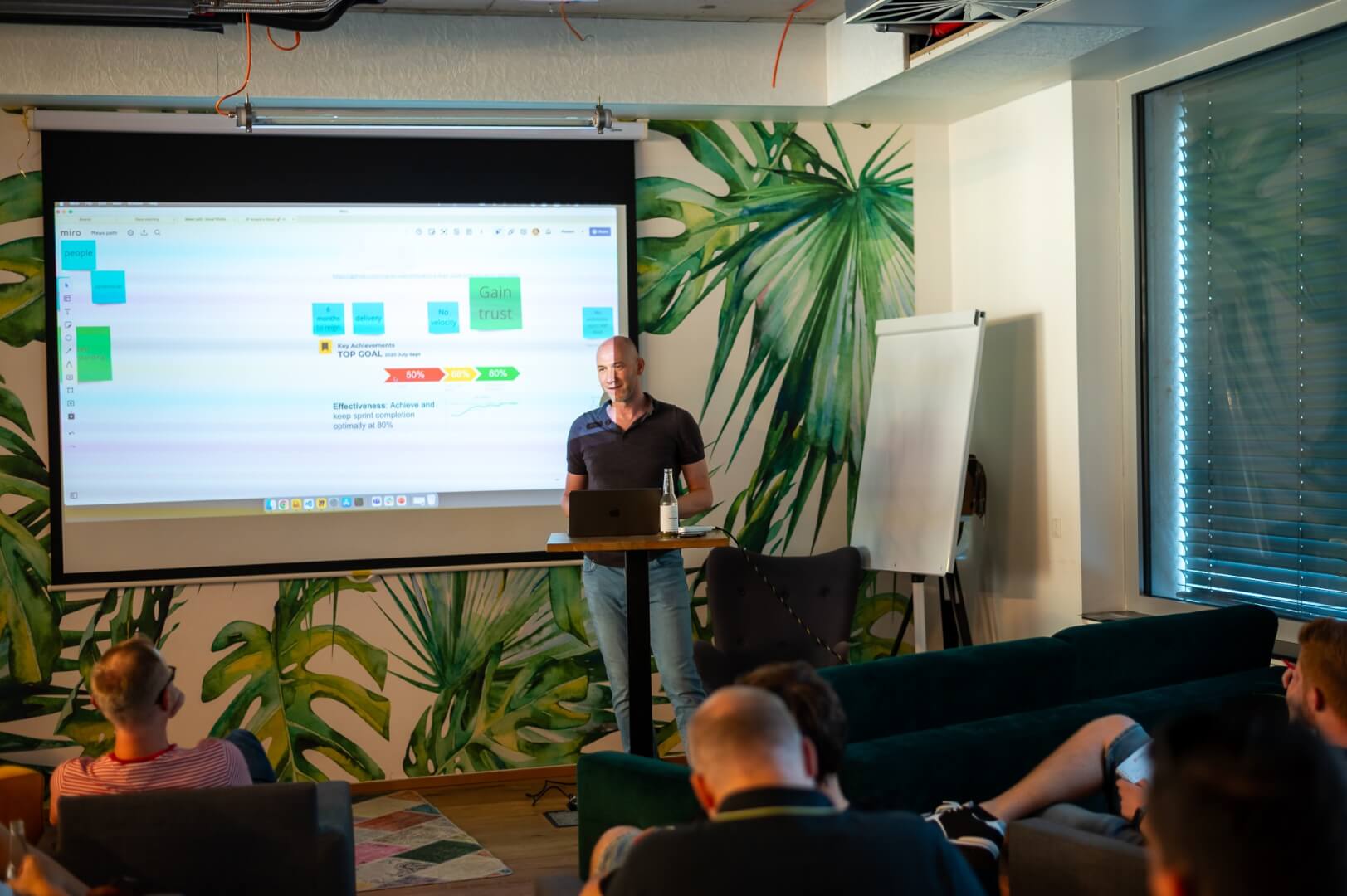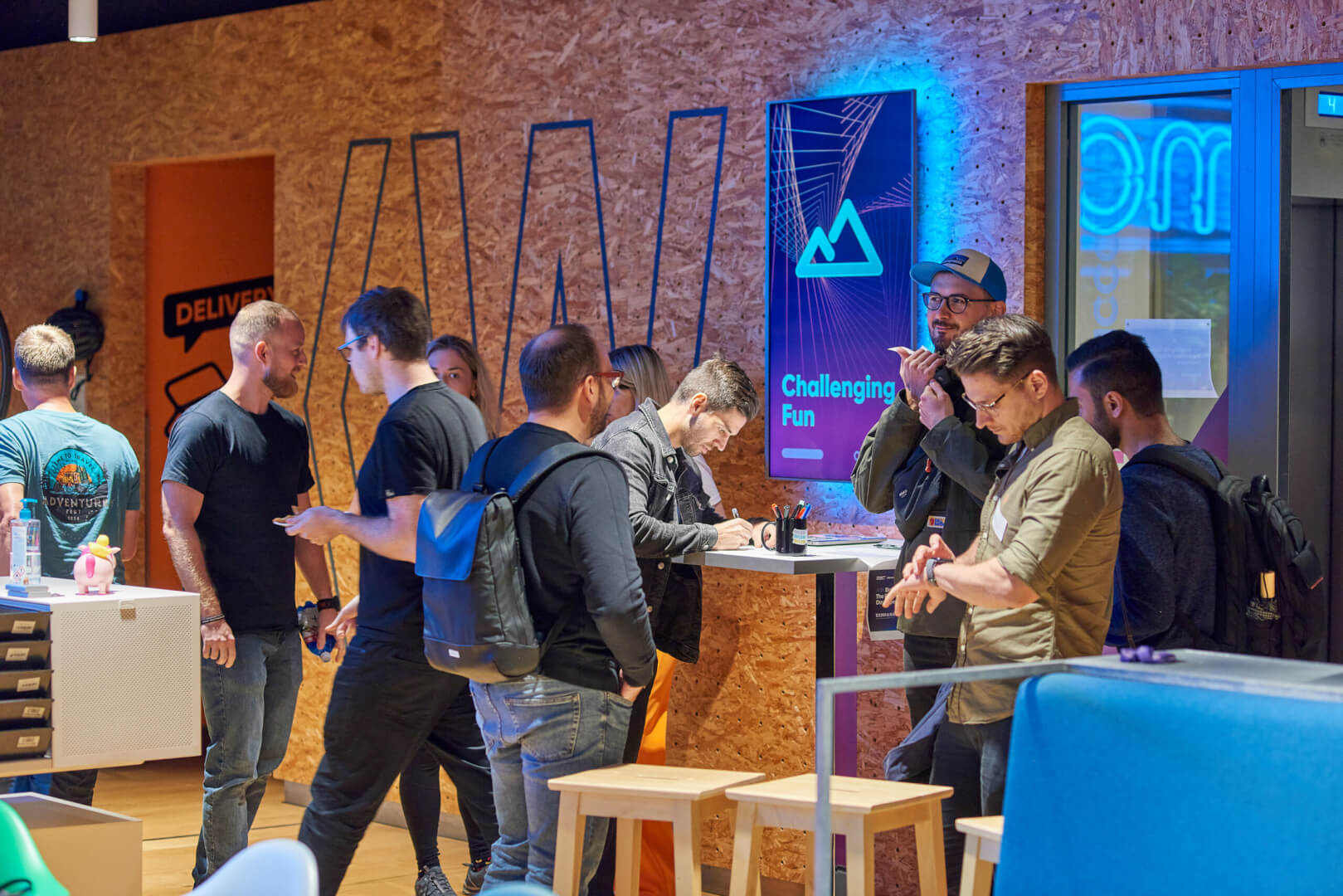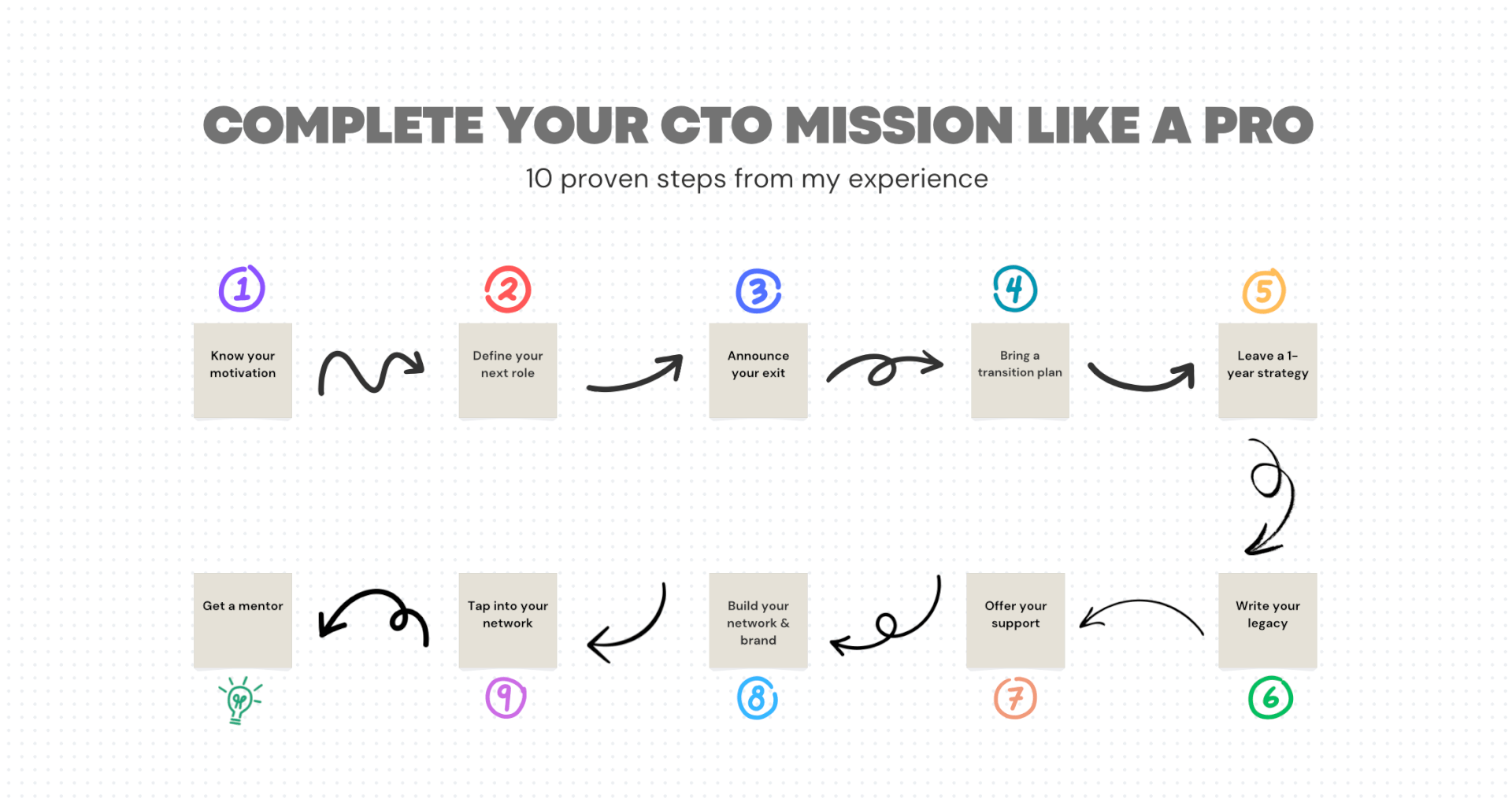Agile isn’t dead — it’s just time to rethink how we use it. If your Scrum Master is focused more on checking boxes than delivering value, it’s time for a change.
If your top metric is velocity and your ceremonies lack strategy or continuous value flow, your Scrum Master certificate won’t save you. You’ll eventually be replaced.
This isn’t a critique. It’s a challenge to rethink Agile in your organization. Are your Agile practices really delivering value? At our 20th Engineering Leaders Community meetup Agile is dead: what can you do about it for your teams? we faced this question head-on.
With popcorn in hand and no shortage of strong opinions, we tackled the future of Agile: it’s time to move beyond the status quo.
PRO TIP: Do you need to fire your Scrum Master?
Let’s cut to the chase: Is your Scrum Master delivering value, or just checking boxes? Before we jump into the details, ask yourself these ten questions:
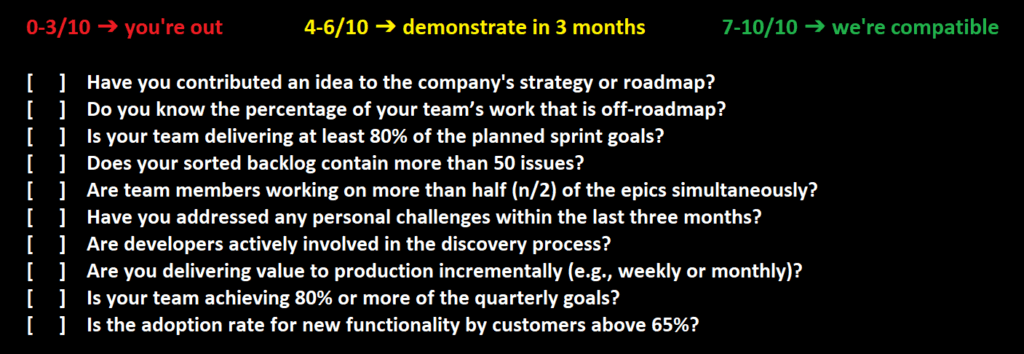
In other words:
Are they actually delivering value or just running endless ceremonies?
Do they challenge the status quo, or just go with the flow?
Are they removing obstacles or creating new ones?
Do they align team efforts with business goals, or are they just following the process?
Are they fostering an Agile mindset and pushing for continuous learning, or stuck in their comfort zone?
If you can’t answer YES to most of these, it’s time for a change. Don’t settle for a Scrum Master who’s just there to follow the process. They should be driving real value, or they’re not worth your time.
Agile: method or mindset?
My part of the talk began after a simple but powerful statement from our co-speaker Jany Koščo, Senior Staff Engineer at ProductBoard:
“I don’t care about methodologies; what I care about is whether we deliver value or not.”
While delivering value is central to Agile methodologies, how many companies truly live by this principle? Too often, Agile devolves into rigid ceremonies and metrics, disconnected from meaningful outcomes.
In this post, I’ll share a story that completely changed how I view one of Agile’s cornerstone roles: the Scrum Master.
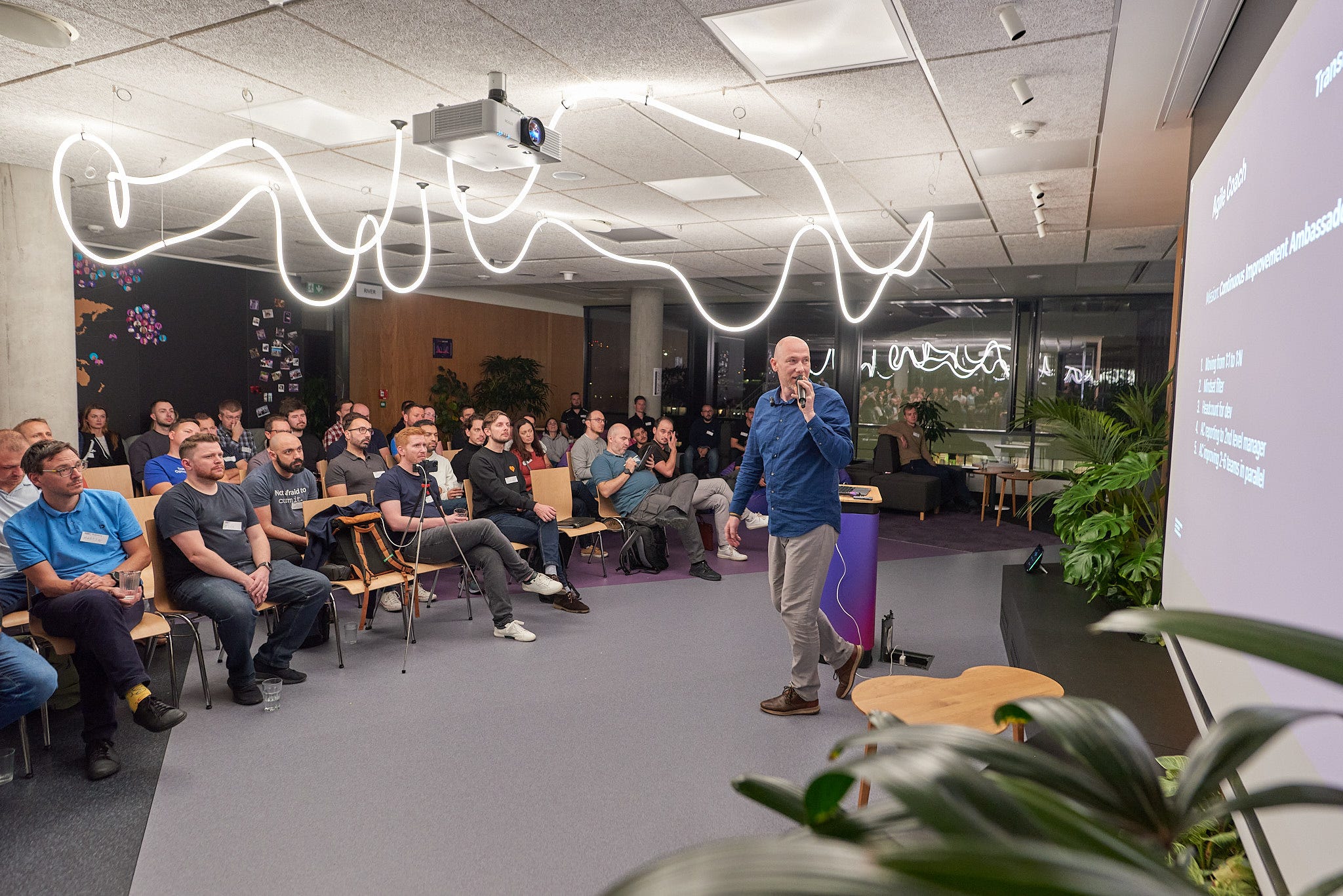
From Scrum Masters → Agile Coaches
In many companies, Scrum Masters feel like puppets, owning processes instead of driving real progress. They’re stuck facilitating ceremonies, tracking velocity, and keeping the value delivery lifecycle moving.
While this can boost efficiency from 1/5 to 3/5, it always hits a ceiling. Why? Because process adherence becomes the focus, leaving little room for experimentation or growth.
At Mews, we decided to break this cycle. Inspired by our peers at Productboard, we transitioned from traditional Scrum Masters to Agile Coaches: ambassadors of continuous improvement.
This aligns with the Agile Manifesto but moves beyond it. We wanted Agile Coaches to experiment, improve systems, and help us deliver true value.
For more on fostering a culture of continuous learning in your teams, check out Learn or Die: 11 Steps to Create a Strong Learning and Growth Culture in Your Company.
What makes an Agile Coach different?
Agile Coaches are change ambassadors, not process owners.
Take Rasheed Raya, my first Agile Coach. What started as an experiment, leading a single tribe of six people at Mews, evolved over three years into a key role that demonstrated the tangible benefits of Agile coaching. His job description wasn’t just words on paper, it was brought to life through his work.
This led us to develop a model based on two streams:
1. Value flow
- Experimenting and improving team processes, from ceremonies to ticket flow.
- Owning the methodology, metrics, and sustainable improvements.
- Fine-tuning approaches for individual teams, empowering them to adjust and override guidelines when needed.
2. Agility evangelism
- Collaborating with other coaches to embed Agile principles across the company.
- Educating engineers, managers, and others in Agile processes through talks, meetups, and blog posts.
- Actively sharing knowledge to foster a learning and Agile mindset.
Agile Coaches evolve from 1:1 facilitators (one coach per team) to 1:N influencers, guiding 2–6 teams and driving systemic improvements across tribes. Reporting to second-level managers allows them to address larger organizational challenges, including:
- Delivering value over rigid adherence to methodologies.
- Driving continuous improvement through measurable goals.
- Cultivating agility as a mindset, not just a process.
A framework for continuous improvement
If it’s not measurable, it’s not improvement.
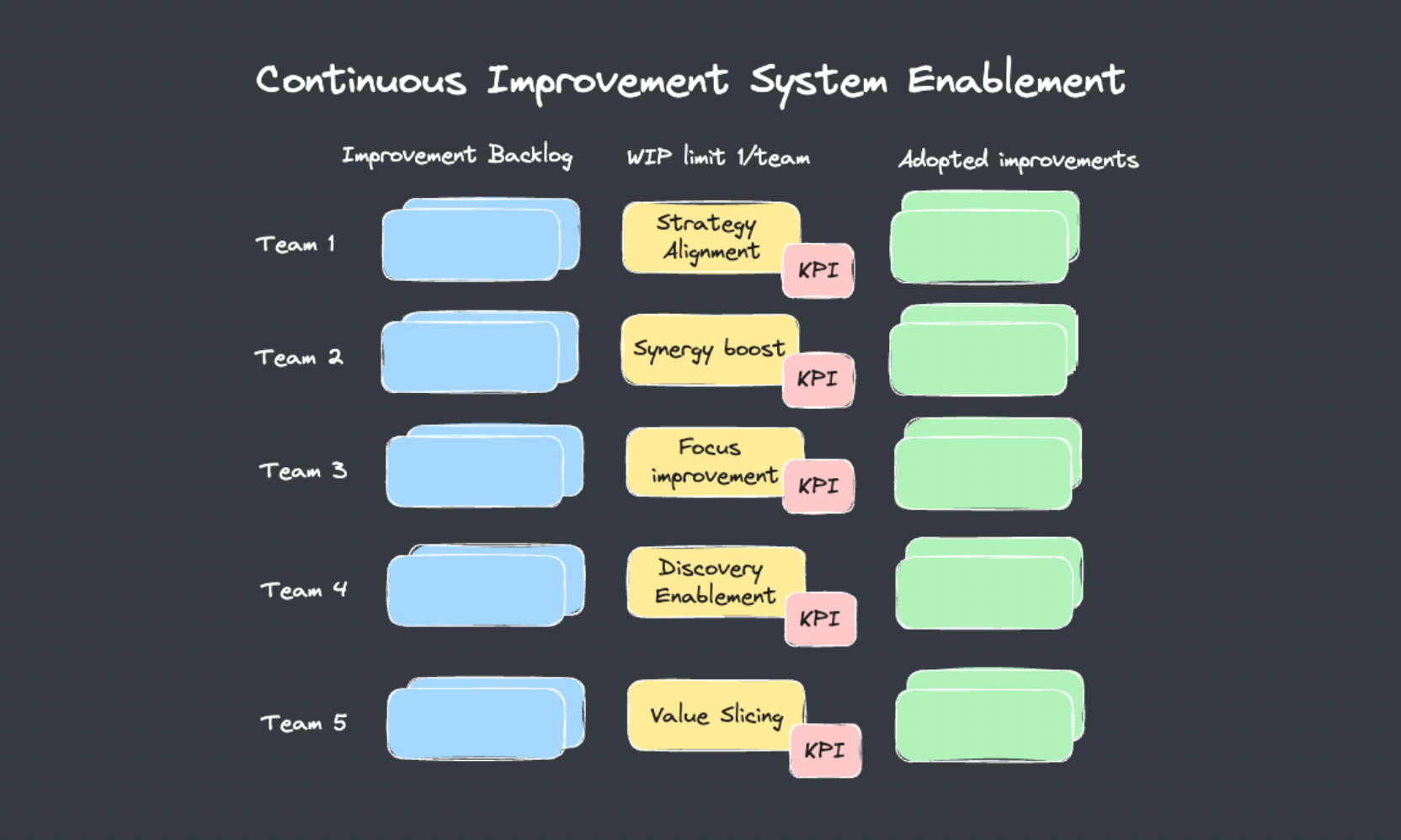
To bring this vision to life, we developed a structured framework. Here’s how it works:
Defined focus
Each Agile Coach targets one specific improvement per team to ensure a clear focus and avoid spreading efforts too thin.
Specific and measurable goals
Improvements are tied to clear KPIs. For example, instead of vague goals like “better retrospectives,” we aim for outcomes like “reduced cycle time by 15% within three months.”
Durability check
After implementing changes, we track whether they stick. Only lasting improvements are considered a success.
Real-world use cases
Real agility starts when we stop accepting mediocrity.
Here’s how this approach delivered real results:
1. Aligning with strategy
One team struggled with roadmap delivery due to a lack of strategic alignment. The solution: Establishing a measurable goal → 60% of time spent on tasks aligned with the roadmap and OKRs. Within months, delivery improved dramatically.
2. Boosting synergy in triads
Collaboration between product and engineering managers often fell short. We set a clear objective: improve synergy within product triads within two months. The results? Better decision-making and faster execution.
Encouraging communities of practice can significantly improve collaboration. Learn how to build one in Stop Leading in Isolation: Build a Community of Practice for Engineering Managers.
3. Limiting parallel work
Teams often juggled too many initiatives, diluting their focus. By limiting work to two or three epics, one of which was always “business as usual”, we increased delivery speed and quality.
4. Improving discovery processes
When product managers handed off specs without engineering input, teams operated on assumptions. We introduced a discovery phase with measurable interaction goals, raising engineering involvement from 0% to 15% within two months.
If You’re a Scrum Master or Agile Coach…
Certificates are proof you attended a course, not that you deliver value.
Your mission is NOT to run ceremonies or track velocity. It’s to deliver value and continuous improvement.
If:
- Your top measure is velocity,
- You facilitate ceremonies without questioning them,
- You avoid strategic thinking,
- Or you fail to continuously improve the value flow…
Then keep your certificate. You’ll be replaced, and you deserve it.
final thoughts: evolve or be replaced
Change starts at the top. Leaders who don’t model improvement can’t expect it from their teams.
Agile isn’t dead, but its rituals often are. If you’re a leader, it’s time to model the change you want to see in your team members:
- Challenge the status quo.
- Focus on delivering real value.
- Drive continuous improvement.
Evolve Agile — or risk being replaced. Are you ready to stop following the process and start leading your teams to deliver true value?
Watch the full episode of our 20th meetup here, with two additional talks from Jany Koščo and Bob Marvan not included in this post.
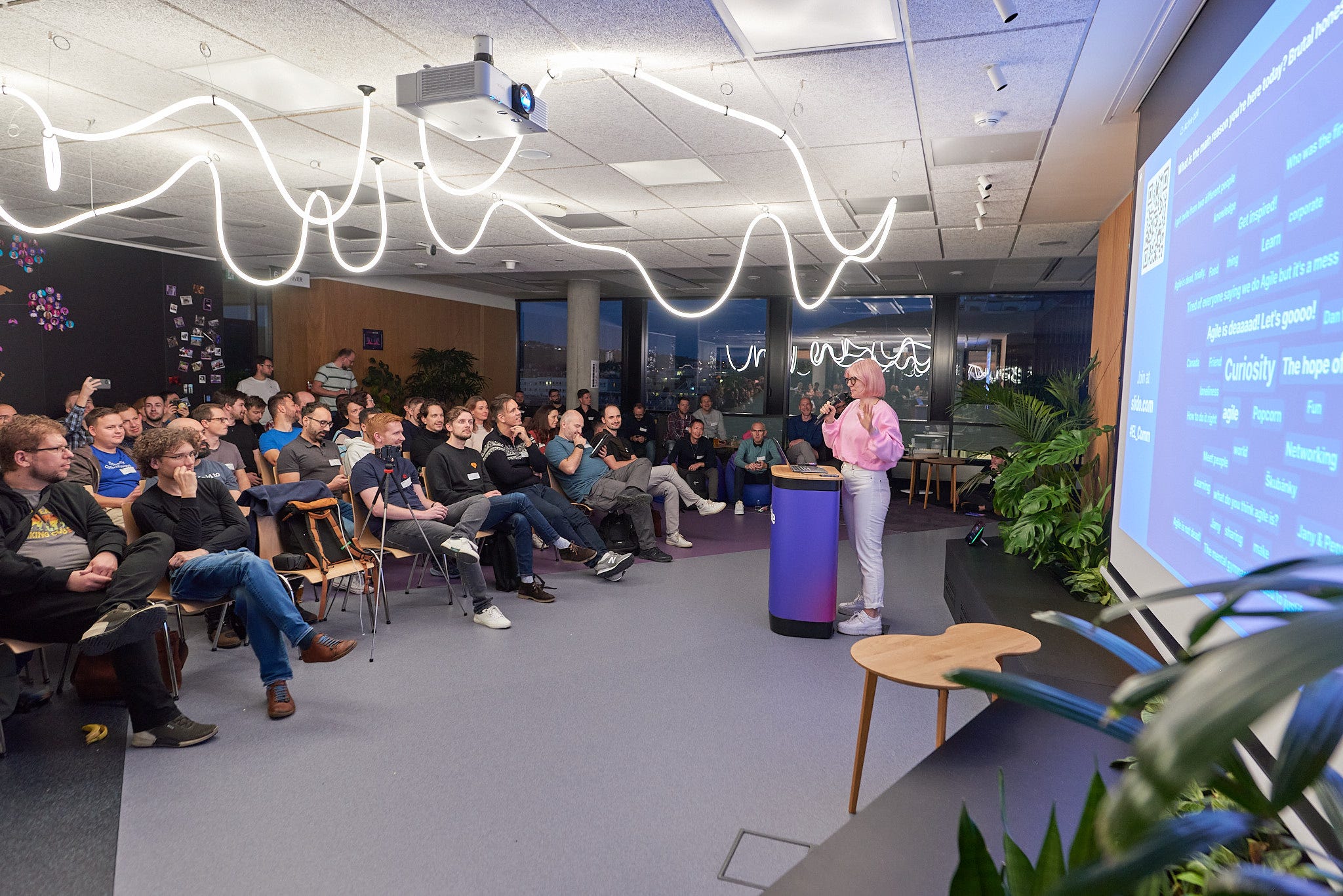
About Marian Kamenistak
Marian provides coaching and mentoring to engineering managers and leaders across various levels, helping organisations to succeed in building products.
On top, Marian leads the Engineering Leaders Community, organising 10 meetups a year for Engineering Leaders, Managers, Tribe leads, VPEs and CTOs in Central Europe.
Read more about Marian’s mission.
Subscribe and stay tuned for the next post! 💪
